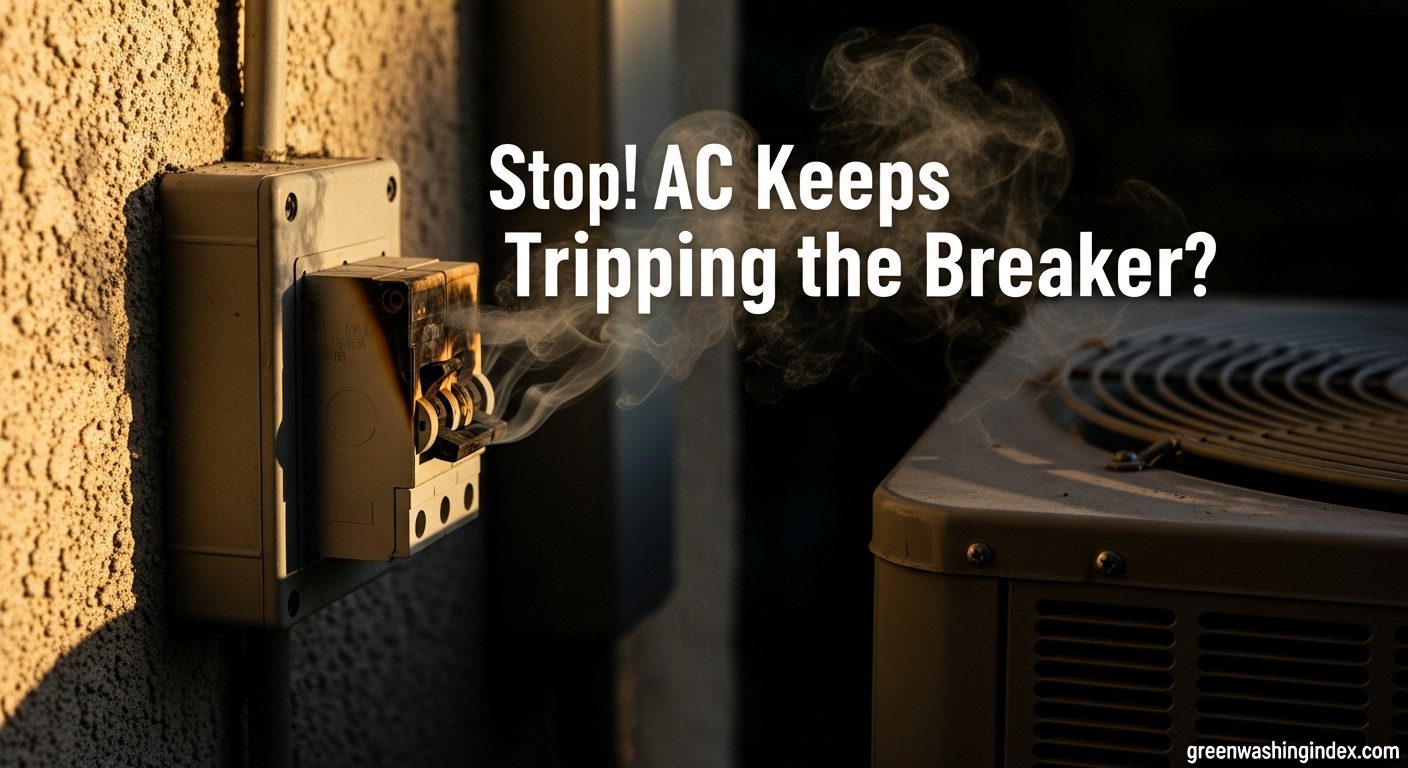
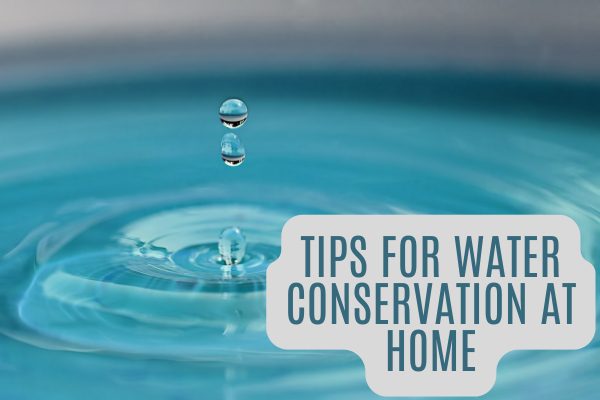
Did you know the average American family wastes 180 gallons per week from household leaks alone—enough water to wash 300+ loads of laundry? With water costs rising nationwide and droughts becoming increasingly common, homeowners are watching their utility bills skyrocket while this precious resource becomes scarcer.
The good news? You can reduce your home’s water usage by 30% or more through simple changes that take minutes to implement and smart upgrades that pay for themselves within a year. Whether you’re looking for immediate water conservation tips or planning long-term improvements, every drop counts toward significant savings.
This comprehensive guide reveals 47+ proven tips for water conservation at home organized by room, effort level, and cost. You’ll discover instant fixes that cost nothing, budget-friendly upgrades with rapid payback periods, and advanced strategies that maximize your conservation efforts. We’ve included exclusive calculators to track your savings and determine the ROI on every upgrade, making it easy to see exactly how saving water impacts your wallet.
From bathroom basics to outdoor irrigation innovations, you’ll learn practical water saving tips that fit your lifestyle and budget. Let’s dive into the most effective methods you can start implementing today.
Before investing in new fixtures or technology, these free strategies for how to save water can reduce your usage immediately. These simple habits form the foundation of any successful conservation plan.
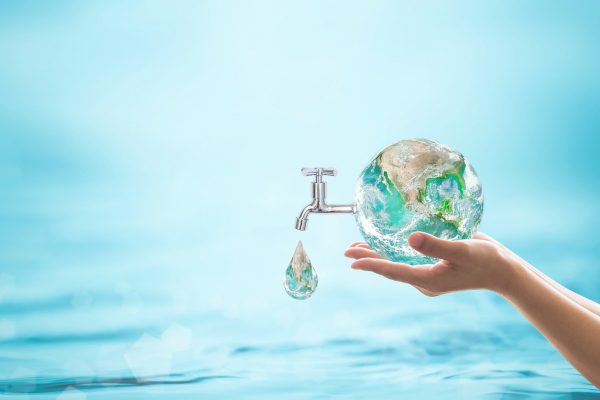
The easiest of all water conservation tips for home requires no equipment or expense—just awareness. Turning off the tap while brushing teeth saves up to 8 gallons per day per person. For a family of four, that’s nearly 1,000 gallons monthly. Similarly, turning off water while shaving can save another 300 gallons per person monthly.
Make it a habit by placing a small reminder sticker near your faucets. This simple visual cue helps establish the behavior until it becomes automatic. The same principle applies when washing dishes by hand—fill the basin instead of letting water run continuously.
Here’s a surprising fact about how to conserve water at home: modern dishwashers use as little as 3 gallons per load, while hand washing dishes with running water consumes up to 27 gallons. The key to maximizing these savings? Only run your dishwasher with full loads.
The same rule applies to washing machines. Running partial loads wastes both water and energy, as most machines use the same amount regardless of load size. By waiting for full loads, a typical household practicing these tips for saving water in everyday life can save 1,000 gallons monthly. Stack dishes efficiently and scrape rather than rinse before loading—modern dishwashers are designed to handle food residue.
Reducing shower time by just two minutes saves up to 150 gallons per month per person. The average shower uses 2.5 gallons per minute, so a 10-minute shower consumes 25 gallons. By cutting this to 8 minutes, a family of four saves 600 gallons monthly.
Try the “one song challenge”—play a 4-5 minute song and aim to finish before it ends. Alternatively, use a waterproof timer or your phone’s alarm. This gamification approach makes conserving water fun while delivering real results.
Understanding where water goes in your home is crucial for targeted conservation. This room-by-room approach to water conservation tips ensures you address the biggest water users first, maximizing your impact.
The bathroom accounts for over half of indoor water use, making it the most important room for implementing tips for water conservation at home. Here’s how to dramatically reduce usage without sacrificing comfort.
Toilet Leak Detection Methods Toilets can waste up to 200 gallons daily from silent leaks. Perform this simple test monthly: Add a few drops of food coloring to the tank. Wait 15 minutes without flushing. If color appears in the bowl, you have a leak that needs fixing. Most leaks stem from worn flappers—a $5 part that takes minutes to replace.
Shower and Faucet Quick Fixes Installing low-flow showerheads is one of the fastest water saving tips to implement. WaterSense certified showerheads use no more than 2.0 gallons per minute while maintaining strong pressure through air injection technology. At $15-30, they pay for themselves within two months through water and energy savings.
Faucet aerators cost even less—typically $2-5—and reduce flow by 30% without affecting water pressure. Installation takes under a minute with no tools required. For maximum savings when learning how to save water at home, choose aerators rated at 1.5 GPM for bathrooms.
Low-Cost Upgrades With Big Impact Beyond aerators and showerheads, consider these budget-friendly improvements:
The kitchen offers numerous opportunities for saving water through smarter practices and minor upgrades.
Dishwasher Optimization Secrets Modern dishwashers excel at water conservation when used correctly. Skip pre-rinsing—today’s models are designed to handle food particles. Instead, scrape plates and let the dishwasher do its job. Choose the eco-cycle when available, which uses less water and energy while still achieving excellent results.
Position dishes strategically: place heavily soiled items facing the spray arms and ensure water can reach all surfaces. This eliminates the need for rewashing and maximizes efficiency.
Food Prep Water Conservation When implementing water conservation tips for home in food preparation, small changes yield big results:
Garbage Disposal Alternatives Garbage disposals require significant water to operate properly. Consider starting a compost bin instead—you’ll conserve water while creating valuable fertilizer for your garden. If you must use the disposal, run it only when necessary with cold water for the minimum time needed.
Washing machines are major water users, but smart practices can dramatically reduce consumption:
Room-by-Room Water Usage Calculator
| Room | Typical Daily Usage | With Conservation | Potential Savings |
| Bathroom | 80 gallons | 48 gallons | 32 gallons (40%) |
| Kitchen | 20 gallons | 12 gallons | 8 gallons (40%) |
| Laundry | 40 gallons | 20 gallons | 20 gallons (50%) |
| Outdoor | 60 gallons | 30 gallons | 30 gallons (50%) |
| Total | 200 gallons | 110 gallons | 90 gallons (45%) |
Hidden leaks can waste over 10,000 gallons annually in the average home—enough water to wash 270 loads of laundry. Learning to detect and fix leaks is essential for effective implementation of tips for water conservation at home.
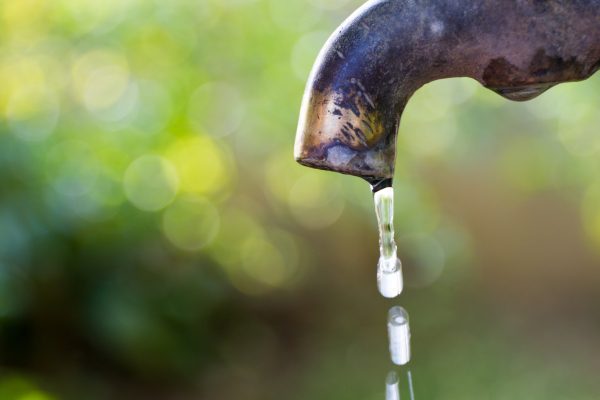
Conducting a systematic leak check takes just 20 minutes but can reveal problems wasting hundreds of gallons daily. Here’s your step-by-step process for how to save water through leak detection:
Start by checking your water meter. Turn off all water-using appliances and faucets, then record the meter reading. Wait 20 minutes without using any water, then check again. If the reading changed, you have a leak somewhere in your system.
Next, inspect these common leak locations:
Document any issues found and prioritize repairs based on severity. Even small drips add up—a faucet leaking one drop per second wastes 3,000 gallons annually.
Toilets are the most common source of household leaks, often wasting water silently. This simple test reveals hidden leaks:
Most toilet leaks occur at the flapper valve, which deteriorates over time. Replacement flappers cost $5-10 and install in minutes without tools. This simple fix is one of the most effective water conservation tips available.
Understanding your water meter helps identify leaks and track conservation progress. Most meters have a small triangle or dial called a leak indicator that spins when water flows through the meter. If this moves when no water is being used, you have a leak.
For digital meters, look for a flow rate indicator. Any reading above zero when water is off indicates a leak. Check your meter monthly and compare readings to your bill—unexplained increases often signal new leaks.
While many leaks are DIY fixes, these situations require professional help:
Leak Cost Calculator: Annual Water and Dollar Waste
| Leak Type | Drips/Minute | Gallons/Year | Annual Cost* |
| Slow Drip | 10 | 350 | $3.50 |
| Fast Drip | 30 | 1,000 | $10.00 |
| Small Stream | 60 | 2,000 | $20.00 |
| Running Toilet | Continuous | 73,000 | $730.00 |
*Based on average water cost of $0.01 per gallon
Upgrading to water-efficient fixtures offers the best long-term strategy for how to conserve water at home. Modern technology delivers superior performance while using significantly less water.
Understanding certification programs helps you make informed decisions about water-saving products. WaterSense, managed by the EPA, certifies products that use at least 20% less water than standard models while maintaining equal or superior performance. Products undergo independent testing to earn certification.
ENERGY STAR focuses primarily on energy efficiency but includes water-using appliances like dishwashers and clothes washers. These products save both water and energy, offering double benefits. For maximum water conservation, look for products carrying both certifications when available.
Key differences:
Making smart upgrade decisions requires understanding payback periods. Here’s how quickly different water saving tips recoup their costs through water and energy savings:
Low-Flow Showerheads (Payback: 2 months)
Faucet Aerators (Payback: 1 month)
High-Efficiency Toilets (Payback: 1-2 years)
Smart Irrigation Controllers (Payback: 1 season)
Not all upgrades require professional installation. Here’s what you can tackle yourself when implementing tips for saving water in everyday life:
Easy (No experience needed):
Moderate (Basic DIY skills):
Difficult (Professional recommended):
Top-Rated Water-Efficient Products Comparison
| Product Type | Best Overall | Best Value | Water Savings | Price Range |
| Showerhead | Kohler Forte | Niagara Earth | 20-40% | $15-50 |
| Toilet | TOTO Drake II | American Standard Cadet 3 | 20-60% | $200-400 |
| Faucet Aerator | Neoperl | DANCO | 30-50% | $3-10 |
| Smart Controller | Rachio 3 | Orbit B-hyve | 30-50% | $100-250 |
Outdoor water use can account for 60% of household consumption during summer months. These water conservation tips for home help maintain beautiful landscaping while dramatically reducing usage.
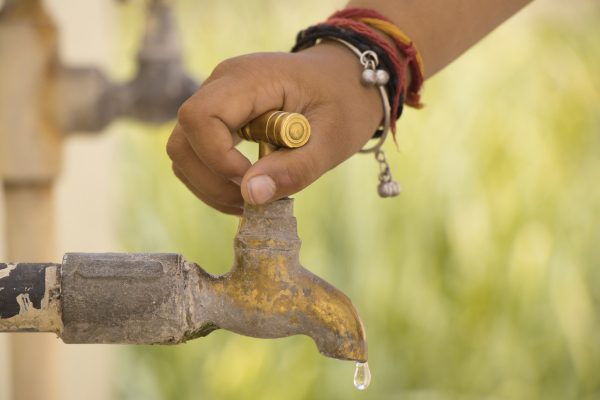
Proper timing and frequency are crucial for saving water outdoors. The EPA’s WaterSense program provides zone-specific guidelines, but here are general principles:
Best Watering Practices:
Use the “tuna can test” to measure sprinkler output: Place empty tuna cans around your lawn and time how long it takes to fill them with 1 inch of water. This becomes your weekly watering duration.
Traditional lawns consume massive amounts of water. Consider these attractive alternatives that conserve water:
Native Groundcovers: Native plants adapted to your climate require minimal watering once established. Options include clover, native grasses, and regional wildflowers. These alternatives support local ecosystems while reducing maintenance.
Hardscaping Solutions: Strategic use of permeable pavers, decorative rock, and mulched areas reduces lawn size while maintaining curb appeal. Combine with drought-tolerant plants for an attractive, low-maintenance landscape.
Artificial Turf Considerations: Modern artificial turf looks realistic and eliminates watering needs. While the initial investment is significant ($5-20 per square foot), savings accumulate quickly in drought-prone areas.
Drip irrigation delivers water directly to plant roots, reducing waste from evaporation and overspray. Here’s how the systems compare:
Traditional Sprinklers:
Drip Irrigation:
For mixed landscapes, combine both systems—sprinklers for lawns and drip irrigation for planted beds maximize efficiency.
Capturing rainwater provides free irrigation water while reducing stormwater runoff. Start simple with these approaches:
Rain Barrels:
Rain Gardens: Shallow depressions planted with water-tolerant natives capture runoff from roofs and driveways. They filter pollutants while recharging groundwater—a beautiful solution that demonstrates how to save water at home.
Seasonal Outdoor Watering Calendar
| Season | Frequency | Duration | Best Time | Special Tips |
| Spring | 2x/week | 20-30 min | 6-10 AM | Check soil moisture first |
| Summer | 3x/week | 30-40 min | 5-9 AM | Water deeply, less often |
| Fall | 1x/week | 15-20 min | 7-10 AM | Reduce as temps drop |
| Winter | As needed | 10-15 min | 10 AM-2 PM | Only during dry spells |
Beyond basic conservation measures, these advanced techniques can further reduce water usage for homeowners ready to maximize their water conservation tips implementation.
Greywater—relatively clean wastewater from sinks, showers, and washing machines—can be reused for irrigation in many states. This practice can reduce household water usage by up to 40%. However, regulations vary significantly by location.
Before implementing greywater systems:
A basic laundry-to-landscape system costs $100-300 for DIY installation and saves 15-40 gallons per load.
Smart water monitors provide real-time usage data and leak alerts, helping you implement tips for saving water in everyday life while preventing costly damage. These devices offer:
Whole-House Monitors: Products like Flume and Phyn attach to your water meter, tracking usage patterns and detecting leaks instantly. They send smartphone alerts for unusual activity, potentially preventing thousands in water damage. Cost: $150-300.
Point-of-Use Sensors: Smaller sensors placed near water heaters, washing machines, and under sinks detect leaks immediately. Brands like Moen Flo offer automatic shut-off capabilities. Cost: $50-100 per sensor.
These systems typically identify savings opportunities of 10-20% through usage insights alone, making them valuable tools for serious conservation efforts.
Waiting for hot water wastes 1-3 gallons each time you use a faucet or shower. Hot water recirculation systems eliminate this waste by keeping hot water readily available. Options include:
Timer-Based Systems: Circulate hot water during peak usage times. Cost: $200-500. On-Demand Systems: Activate with a button push before use. Cost: $300-800. Smart Systems: Learn usage patterns and activate automatically. Cost: $500-1,200.
While installation requires basic plumbing skills, these systems save 3,000-5,000 gallons annually for typical families.
Excessive water pressure (above 60 PSI) wastes water and stresses plumbing systems. Installing a pressure-reducing valve (PRV) offers multiple benefits:
Test your pressure with a gauge ($10 at hardware stores). If consistently above 60 PSI, a PRV pays for itself through water savings and prevented repairs.
Advanced Savings Calculator for Multi-Strategy Implementation
| Strategy Combination | Initial Cost | Annual Savings | Payback Period | 10-Year Savings |
| Basic (Aerators + Habits) | $25 | $150 | 2 months | $1,475 |
| Moderate (+ Efficient Fixtures) | $500 | $400 | 15 months | $3,500 |
| Advanced (+ Smart Tech) | $1,500 | $750 | 2 years | $6,000 |
| Complete (+ Greywater) | $3,000 | $1,200 | 2.5 years | $9,000 |
Renters face unique challenges when implementing water conservation tips for home, but many effective solutions require no permanent changes or landlord approval.
These devices for saving water install without tools and move with you:
Faucet Aerators with Universal Adapters Choose aerators with multiple thread adapters to fit various faucets. Keep the original aerator to reinstall when moving. Investment: $5-10 per faucet.
Shower Flow Restrictors Simple rubber washers that fit inside existing showerheads reduce flow without replacing fixtures. Some models offer adjustable flow rates. Cost: $3-5.
Toilet Tank Bags Fill-and-hang displacement bags save 0.5-1 gallon per flush without any installation. Unlike bricks, they won’t deteriorate or damage tank components. Cost: $5-15.
When proposing permanent upgrades, focus on mutual benefits:
Prepare Your Pitch:
Start Small: Request low-cost improvements first, like fixing leaks or installing aerators. Success with small projects builds trust for larger requests.
Document Everything: Put requests in writing and keep records of approvals. This protects both parties and clarifies who owns installed fixtures.
Limited space and shared systems require creative approaches to conserve water:
Monitoring your conservation efforts provides motivation and identifies additional opportunities for implementing water saving tips.
Water bills contain valuable information beyond the amount due. Learn to decode:
Usage History Graphs: Compare current use to previous months and years. Look for seasonal patterns and the impact of conservation efforts.
Tier Pricing Indicators: Many utilities charge higher rates for excessive use. Staying in lower tiers through conservation multiplies savings.
Daily Average Calculations: Divide total usage by billing days to track daily consumption. Set reduction goals based on this baseline.
Create a simple tracking system to monitor progress with your tips for water conservation at home:
| Month | Gallons Used | Daily Average | Cost | Conservation Actions | Notes |
| January | [Baseline] | Started tracking | |||
| February | Installed aerators | ||||
| March | Fixed toilet leak |
Update monthly and calculate percentage reductions. Celebrate milestones—even 10% reduction represents significant progress.
Make water conservation engaging for all household members:
Weekly Challenges:
Visual Progress Tracking: Create a chart showing gallons saved as filling a virtual swimming pool or lake. Kids especially respond to visual representations of conservation impact.
Reward Systems: Allocate a portion of utility savings to family rewards—movies, restaurants, or conservation-related purchases like rain barrels.
Even well-intentioned efforts can backfire without proper knowledge. Avoid these common pitfalls when learning how to conserve water at home.
Drought-resistant doesn’t mean no water—it means less frequent, deeper watering once established. New “drought-resistant” plants need regular water for the first year to develop deep root systems. After establishment, water deeply but infrequently to maintain health.
Improper installation negates water-saving benefits. Common errors include:
Follow manufacturer instructions precisely and hand-tighten only unless specified otherwise.
Both high and low pressure waste water. High pressure (>60 PSI) causes leaks and premature fixture failure. Low pressure (<40 PSI) leads to longer fixture run times. Test pressure annually and adjust as needed.
The myth persists that hand washing saves water, but modern dishwashers use 3-5 gallons per load versus up to 27 gallons for hand washing. Always use the dishwasher when possible, but wait for full loads to maximize efficiency.
The average household wastes approximately 10,000 gallons annually through leaks alone—equivalent to 270 loads of laundry. Additional waste from inefficient fixtures and poor habits can double this figure. Implementing basic water conservation tips can eliminate most of this waste.
Apartment dwellers should focus on removable solutions: install aerators and shower flow restrictors, fix running toilets promptly, use dishwashers efficiently, and report all leaks to management immediately. Portable devices like faucet attachments and shower timers offer significant savings without modifications.
Calculate ROI by dividing annual savings by upfront costs. For example: A $25 low-flow showerhead saving $100 annually has a 400% first-year ROI. Include water and energy savings (from reduced hot water use) in calculations. Most conservation investments pay for themselves within 6-24 months.
EPA WaterSense certified products undergo rigorous testing to ensure performance. Proven devices include low-flow showerheads (save 2,700 gallons/year), faucet aerators (700 gallons/year), dual-flush toilets (13,000 gallons/year), and smart irrigation controllers (8,800 gallons/year). Avoid uncertified products that may sacrifice performance.
Yes—implementing comprehensive tips for water conservation at home typically reduces bills by 30-50%. A family spending $70 monthly on water can save $250-400 annually through basic measures. Adding efficient fixtures and eliminating leaks can double these savings while preventing costly water damage.
You now have 47+ proven tips for water conservation at home to reduce water usage by 30% or more, from instant free fixes to smart investments that pay for themselves. Starting with simple habits like turning off taps and fixing leaks, progressing through efficient fixtures and outdoor conservation, and advancing to smart home technology and greywater systems, every step contributes to significant savings.
Remember, learning how to save water isn’t about sacrifice—it’s about efficiency. Modern water-saving devices deliver equal or better performance while using dramatically less water. Whether you’re a homeowner ready for major upgrades or a renter making small changes, every drop counts toward lower bills and a sustainable future.
The path to conserving water begins with a single action. Choose one tip from this guide—perhaps installing a $5 aerator or timing your next shower. Track your progress, celebrate successes, and gradually implement more strategies. Your wallet and the environment will thank you.

Don't let aphids, slugs, and caterpillars ruin another plant. Take back control with simple, natural methods that actually work.